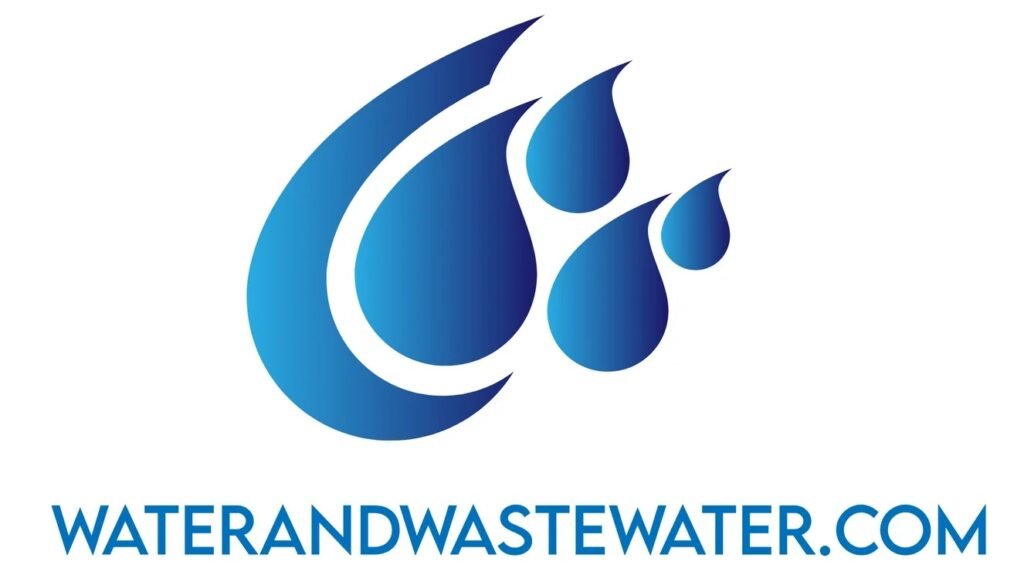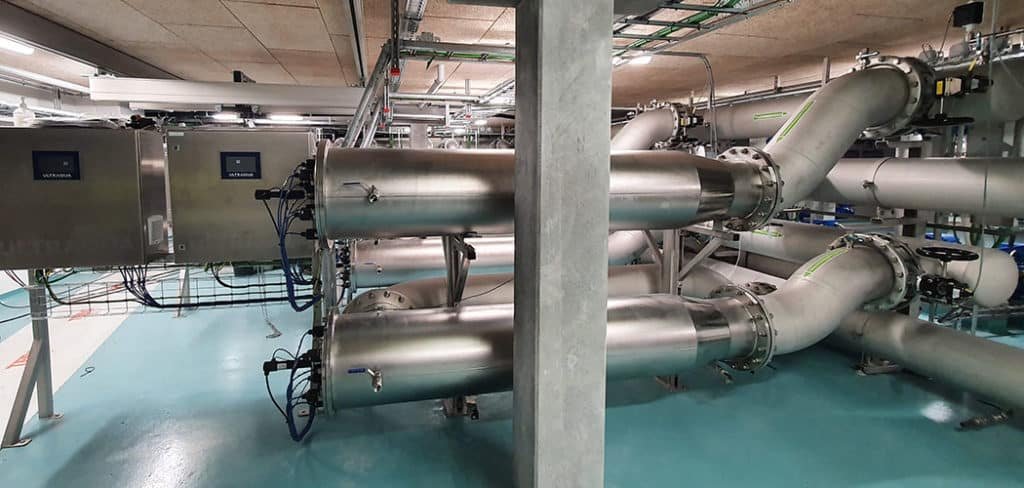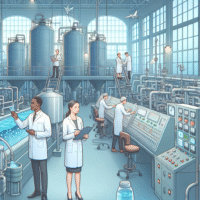Water Filtration Systems
Comprehensive Guide to Water Filtration Systems: Ensuring Clean and Safe Drinking Water
Introduction
Clean and safe drinking water is essential for a healthy lifestyle. However, despite the abundance of freshwater sources on the planet, contaminants in water can pose serious health risks. Urbanization, industrial activities, agricultural runoff, and aging infrastructure can jeopardize water quality, making water filtration systems increasingly vital in homes, offices, and industries. This comprehensive guide will delve into the key aspects of water filtration systems, including their types, mechanisms, advantages, installation processes, maintenance, and the importance of choosing the right system for specific needs.
Understanding Water Contaminants
Before discussing water filtration systems, it’s crucial to understand the contaminants that often require removal. Water can harbor a variety of pollutants, including:
-
- Microorganisms: Bacteria, viruses, and parasites can cause diseases. Common examples include E. coli, Giardia, and Cryptosporidium.
- Microorganisms: Bacteria, viruses, and parasites can cause diseases. Common examples include E. coli, Giardia, and Cryptosporidium.
-
- Chemicals: Pesticides, herbicides, heavy metals (like lead and mercury), and industrial chemicals can contaminate water and pose health risks.
- Chemicals: Pesticides, herbicides, heavy metals (like lead and mercury), and industrial chemicals can contaminate water and pose health risks.
-
- Sediment: Particles such as sand, silt, and clay can cloud water and harbor bacteria.
- Sediment: Particles such as sand, silt, and clay can cloud water and harbor bacteria.
-
- Odors and Tastes: Chemical reactions, algae blooms, and decaying organic material can lead to unpleasant tastes and odors.
- Odors and Tastes: Chemical reactions, algae blooms, and decaying organic material can lead to unpleasant tastes and odors.
-
- Hardness: High levels of calcium and magnesium can cause mineral buildup in pipes and appliances.
Types of Water Filtration Systems
Water filtration systems can be classified into various categories based on their design, filtration method, and point of use. Understanding these categories can help consumers choose the right system for their needs.
1. Point of Use (POU) Systems
These systems treat water at the point it is consumed, such as taps or appliances. Common POU systems include:
-
- Faucet-Mounted Filters: These attach directly to the tap and provide filtered water on-demand. They are easy to install and affordable.
- Faucet-Mounted Filters: These attach directly to the tap and provide filtered water on-demand. They are easy to install and affordable.
-
- Countertop Filters: These systems sit on the counter and connect to the faucet. They offer better filtration capabilities compared to faucet-mounted systems.
- Countertop Filters: These systems sit on the counter and connect to the faucet. They offer better filtration capabilities compared to faucet-mounted systems.
-
- Under-Sink Filters: Installed beneath the sink, these systems require plumbing work. They provide high-quality water without taking up counter space.
- Under-Sink Filters: Installed beneath the sink, these systems require plumbing work. They provide high-quality water without taking up counter space.
-
- Reverse Osmosis Systems: Often considered one of the most effective filtration methods, RO systems filter water by forcing it through a semi-permeable membrane that removes a wide range of contaminants.
2. Point of Entry (POE) Systems
These systems treat all water entering a home or building and are installed at the main water supply line. Common POE systems include:
-
- Whole House Filtration Systems: These systems provide filtered water to every tap in the house, making them ideal for households that want comprehensive treatment.
- Whole House Filtration Systems: These systems provide filtered water to every tap in the house, making them ideal for households that want comprehensive treatment.
-
- Water Softeners: Specifically designed to reduce water hardness, these systems use ion exchange to remove calcium and magnesium.
- Water Softeners: Specifically designed to reduce water hardness, these systems use ion exchange to remove calcium and magnesium.
-
- UV Water Purifiers: These systems use ultraviolet light to kill or inactivate microorganisms, making them suitable for well water or surface water sources.
3. Gravity Filters
Gravity-based systems rely on gravity to push water through a filter. They do not require electricity and are often portable, making them suitable for camping or emergency situations. Common types include:
-
- Ceramic Filters: These use a ceramic element to filter bacteria and sediment. They are effective and long-lasting.
- Ceramic Filters: These use a ceramic element to filter bacteria and sediment. They are effective and long-lasting.
-
- Pitcher Filters: Common in households, these filters use activated carbon to remove chlorine, taste, and odor.
4. Media Filters
Media filters utilize various filter media to remove contaminants in water. These can be sand filters, activated carbon filters, or multimedia filters. They are commonly used in larger residential or commercial applications.
5. Multi-Stage Filtration
Multi-stage filtration systems combine several filtration methods to provide comprehensive treatment. These systems may include sediment filters, carbon filters, and reverse osmosis membranes, making them highly effective in removing a wide range of contaminants.
How Water Filtration Systems Work
Understanding the mechanisms behind water filtration systems can provide insights into their effectiveness and appropriateness for specific needs. The filtration methods commonly employed include:
1. Activated Carbon Filtration
Activated carbon filters utilize charcoal with a high surface area, allowing them to adsorb impurities effectively. These filters are particularly good at removing chlorine, taste, odor, and some volatile organic compounds (VOCs).
2. Reverse Osmosis (RO)
RO systems work by forcing water through a semi-permeable membrane that blocks larger molecules and contaminants. This process can remove dissolved solids, heavy metals, salts, and microorganisms. It requires a pre-filter and a post-filter to ensure optimal performance.
3. UV Purification
Ultraviolet purification systems use UV light to kill bacteria, viruses, and other pathogens in water. Water is passed through a UV chamber, where it is exposed to UV light, disrupting microbial DNA and preventing reproduction.
4. Ion Exchange
Ion exchange systems, commonly used in water softeners, swap calcium and magnesium ions for sodium or potassium ions. This process softens water and helps prevent mineral buildup in pipes and appliances.
5. Mechanical Filtration
Mechanical filters, like sediment filters, physically block larger particles from passing through. These are often used as pre-filters in multi-stage systems to protect downstream components.
Advantages of Water Filtration Systems
The benefits of water filtration systems extend beyond just ensuring better-tasting water. Here are some key advantages:
-
- Improved Water Quality: Filtration systems effectively reduce or eliminate harmful contaminants, providing cleaner and safer drinking water.
- Improved Water Quality: Filtration systems effectively reduce or eliminate harmful contaminants, providing cleaner and safer drinking water.
-
- Healthier Lifestyle: Access to clean water reduces the risk of waterborne diseases, leading to better overall health.
- Healthier Lifestyle: Access to clean water reduces the risk of waterborne diseases, leading to better overall health.
-
- Cost-Effective: Installing a filtration system can save money in the long run compared to buying bottled water. It’s also environmentally friendly, reducing plastic waste.
- Cost-Effective: Installing a filtration system can save money in the long run compared to buying bottled water. It’s also environmentally friendly, reducing plastic waste.
-
- Better Taste and Odor: Filtration enhances the taste and smell of water, making it more palatable for drinking and cooking.
- Better Taste and Odor: Filtration enhances the taste and smell of water, making it more palatable for drinking and cooking.
-
- Customization: Various filtration systems can be customized to meet specific water quality needs, enabling tailored solutions for individual households or businesses.
- Customization: Various filtration systems can be customized to meet specific water quality needs, enabling tailored solutions for individual households or businesses.
-
- Convenience: Home filtration systems provide immediate access to clean water without the need for purchasing and storing bottled water.
Choosing the Right Water Filtration System
Selecting the appropriate water filtration system requires careful consideration of several factors:
-
- Water Quality Testing: Conduct a water test to identify specific contaminants present in your water supply. This information is crucial in selecting the right filtration system.
- Water Quality Testing: Conduct a water test to identify specific contaminants present in your water supply. This information is crucial in selecting the right filtration system.
-
- Installation Location: Determine whether you need a point-of-use or point-of-entry system based on your preferences and needs.
- Installation Location: Determine whether you need a point-of-use or point-of-entry system based on your preferences and needs.
-
- Filtration Method: Consider the types of filtration methods available and their effectiveness in removing the identified contaminants.
- Filtration Method: Consider the types of filtration methods available and their effectiveness in removing the identified contaminants.
-
- Maintenance Requirements: Assess the maintenance involved in the chosen system, including filter replacement frequency and ease of cleaning.
- Maintenance Requirements: Assess the maintenance involved in the chosen system, including filter replacement frequency and ease of cleaning.
-
- Budget: Compare the upfront costs of different systems, as well as ongoing maintenance expenses.
- Budget: Compare the upfront costs of different systems, as well as ongoing maintenance expenses.
-
- Brand Reputation and Warranty: Research brands and read reviews to choose a reputable system. A good warranty indicates the manufacturer’s confidence in their product.
Installation Process
The installation process varies depending on the type of filtration system. Below is a general overview of the installation steps for common systems:
1. Faucet-Mounted and Countertop Filters
-
- Faucet-Mounted: Unscrew the aerator from the faucet, attach the filter, and reattach the aerator on top of the filter unit. No tools are typically needed.
- Faucet-Mounted: Unscrew the aerator from the faucet, attach the filter, and reattach the aerator on top of the filter unit. No tools are typically needed.
-
- Countertop Filters: Follow manufacturer instructions for assembly and connect the hose to the faucet. Some systems may require a simple tool for securing connections.
2. Under-Sink Filters
-
- Shut off the water supply and drain the line.
-
- Install the mounting bracket and filter housing beneath the sink.
-
- Connect the water line to the filter and run a line to the faucet.
-
- Attach the specialized faucet (if necessary) and open the water supply.
3. Whole House Systems
-
- Turn off the main water supply.
-
- Choose an appropriate location near the entry point of the water line.
-
- Cut the existing pipe and install the filtration unit using appropriate fittings and plumbing techniques.
-
- Use Teflon tape to ensure leak-proof connections.
-
- Turn the water supply back on and check for leaks.
4. Reverse Osmosis Systems
-
- Similar to under-sink installations, follow the specific manufacturer instructions for connecting pre-filters, membrane housing, post-filters, and the storage tank.
-
- Install the dedicated faucet, ensuring proper drainage for wastewater.
Maintenance of Water Filtration Systems
Regular maintenance is essential to ensure the proper functioning of water filtration systems. Here are general maintenance tips:
-
- Filter Replacement: Follow the manufacturer’s recommendations for filter replacement frequency. Most filters need changing every 6 to 12 months, while some may last longer.
- Filter Replacement: Follow the manufacturer’s recommendations for filter replacement frequency. Most filters need changing every 6 to 12 months, while some may last longer.
-
- Cleaning: Some systems may require periodic cleaning of the housing or components, especially in UV and reverse osmosis units.
- Cleaning: Some systems may require periodic cleaning of the housing or components, especially in UV and reverse osmosis units.
-
- Water Quality Testing: Regularly test the treated water to ensure the system is effectively removing contaminants.
- Water Quality Testing: Regularly test the treated water to ensure the system is effectively removing contaminants.
-
- Inspect for Leaks: Periodically check connections and hoses for leaks to avoid water damage.
- Inspect for Leaks: Periodically check connections and hoses for leaks to avoid water damage.
-
- Maintenance Contracts: Some manufacturers or suppliers offer maintenance contracts, ensuring the system is serviced regularly by professionals.
Addressing Common Misconceptions
Despite the numerous benefits, several misconceptions about water filtration systems persist. Here are a few common myths and the facts to clarify them:
Myth 1: All Filters Remove All Contaminants
Fact: No single filtration system can remove all contaminants. Different systems target specific types of pollutants, so it’s crucial to identify what’s in your water and select a suitable filter.
Myth 2: Boiling Water Purifies It
Fact: While boiling water kills bacteria and pathogens, it does not remove chemical contaminants, heavy metals, or sediments that may be present.
Myth 3: Filtration Systems Are Too Expensive
Fact: While the initial investment may seem high, the long-term savings from reduced bottled water purchases and potential health benefits often outweigh upfront costs.
Myth 4: Tap Water Is Always Safe
Fact: Tap water quality varies based on location and treatment methods. Regular testing can reveal hidden contaminants, emphasizing the need for filtration in many cases.
Conclusion
Water filtration systems play a critical role in ensuring access to clean, safe drinking water, addressing health risks posed by contaminants present in our water sources. With various types of filtration methods, such as activated carbon, reverse osmosis, UV purification, and mechanical filtration, there is a suitable solution for every household or business.
When selecting a water filtration system, it’s vital to consider individual needs, local water quality, and maintenance requirements. Regular upkeep and testing can prolong the life of filtration systems while ensuring the best water quality is maintained. By investing in a water filtration system, you are not only improving your health and well-being but also making a positive impact on the environment by reducing plastic waste associated with bottled water.
As our understanding of water pollution continues to evolve, so too will the technologies designed to combat it. A commitment to access to safe drinking water is essential for a healthier future, and water filtration systems are a pivotal step in that journey.


